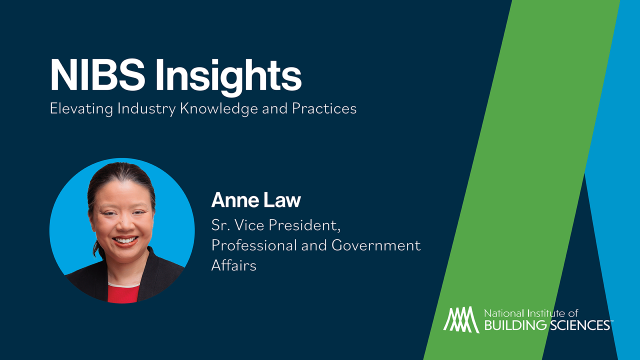NIBS NEHRP AND NWIRP CONGRESSIONAL BRIEFING
National Earthquake Hazards Reduction Program (NEHRP)
National Windstorm Impact Reduction Program (NWIRP)
National Institute of Building Sciences
in cooperation with the
United States House Committee on Science, Space, and Technology
Nearly half of all Americans live and work in high seismic regions throughout the United States. These regions currently have $108 trillion of national building assets and the work of NEHRP must continue to mitigate risk from earthquakes.
Separately, windstorms are responsible for 60% of the nation’s total damage from natural disasters. Human and economic recovery from these events can take years, even decades. The negative impacts from windstorm damage will only increase as “Tornado Alley” creeps eastward, making future risk mitigation from the work of NWIRP just as crucial.
NEHRP and NWIRP rely upon the nation’s experts to conduct applied and basic research, share cutting-edge knowledge with community stakeholders, and take action to protect American lives and livelihoods through prevention, preparedness, response, recovery, and mitigation practices. Both programs enable our nation’s security and prosperity.
The National Institute of Building Sciences (NIBS), a Congressionally chartered building science organization, along with our partners, invite you to an important and time-sensitive briefing where we will:
- Share and celebrate some of the success stories that Congress, lead agencies, and the private sector have collaboratively achieved over the past 46 years. Speaker: John Hooper, a National Academy of Engineering member and leader in building code and standard development (see page 3 of Briefing Summary).
- Discuss the future of community resilience requirements. Speaker: Dr. Daniel Kaniewski, former Deputy Administrator for Resilience with FEMA and leader in emergency management, insurance, and policy (see pages 4-5 of Briefing Summary).
- Share and describe recommended Congressional priorities for advancing our nation’s safety, preparedness, and resilience. Speaker: Dr. Lucy Arendt, Chair of the NEHRP Advisory Committee on Earthquake Hazards Reduction (see pages 6-7 of Briefing Summary).
Hon. Stephen T. Ayers, FAIA, NAC, CCM, LEED AP
Interim CEO, NIBS
11th Architect of Capitol
Supporting Organizations:
American Institute of Architects (AIA)
American Institute of Steel Construction (AISC)
American Property Casualty Insurance Association (APCIA)
American Society of Civil Engineers (ASCE)
Applied Technology Council (ATC)
BuildStrong America
California Residential Mitigation Program (CRMP)
Cascadia Region Earthquake Workgroup (CREW)
Central United States Earthquake Consortium (CUSEC)
Concrete Reinforcing Steel Institute (CRSI)
International Code Council (ICC)
International Institute of Building Enclosure Consultants (IIBEC)
Insurance Institute for Business & Home Safety (IBHS)
Reinsurance Association of America (RAA)
National Ready Mixed Concrete Association (NRMCA)
National Institute of Building Sciences (NIBS)
National Society of Professional Engineers (NSPE)
Seismological Society of America (SSA)
Steel Tube Institute (STI)
U.S. Chamber of Commerce








